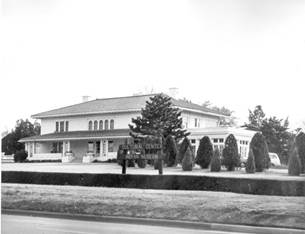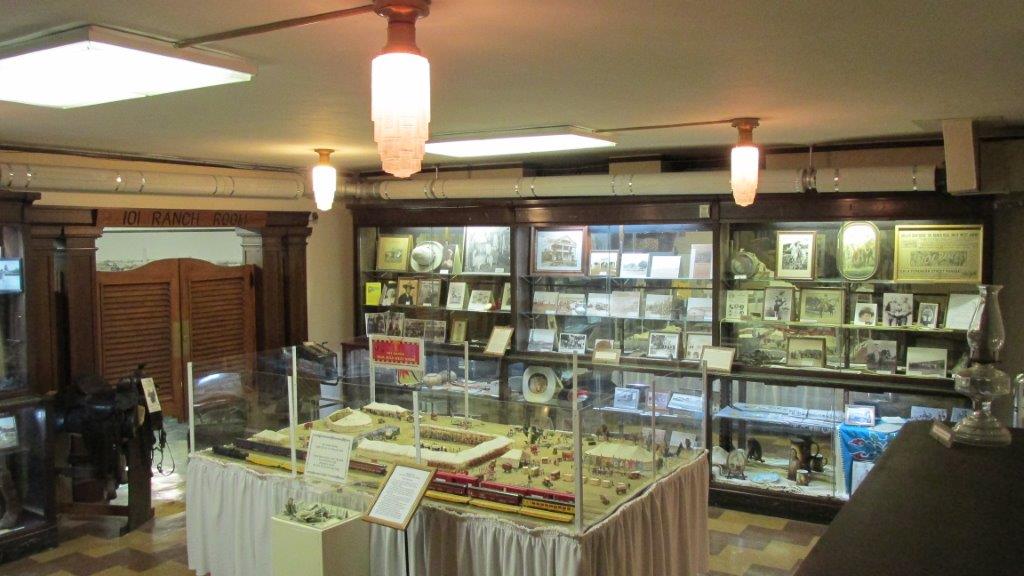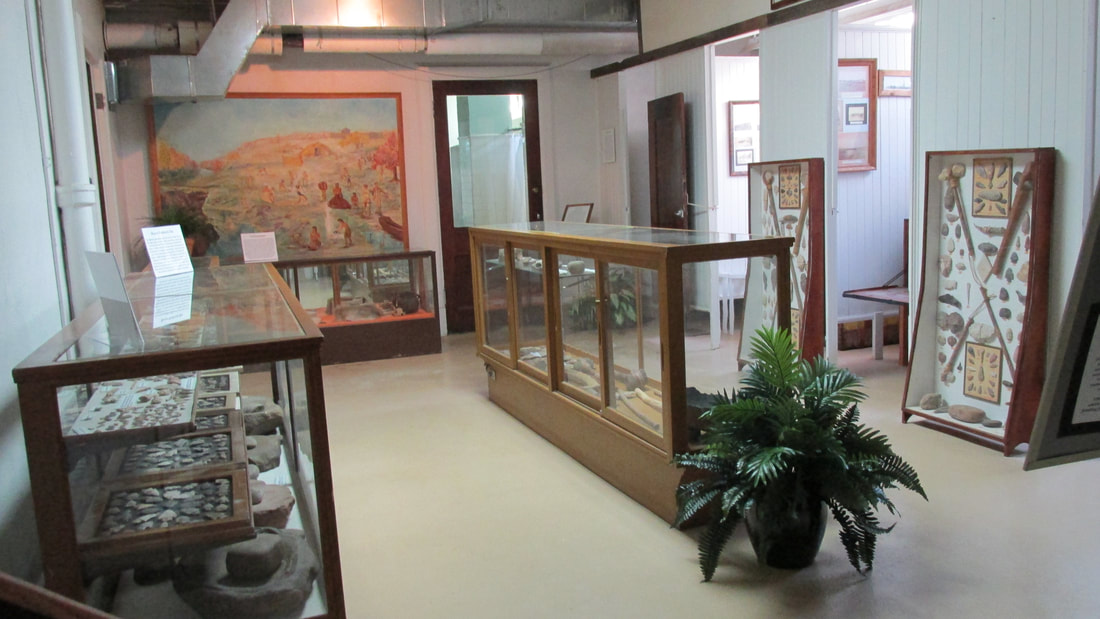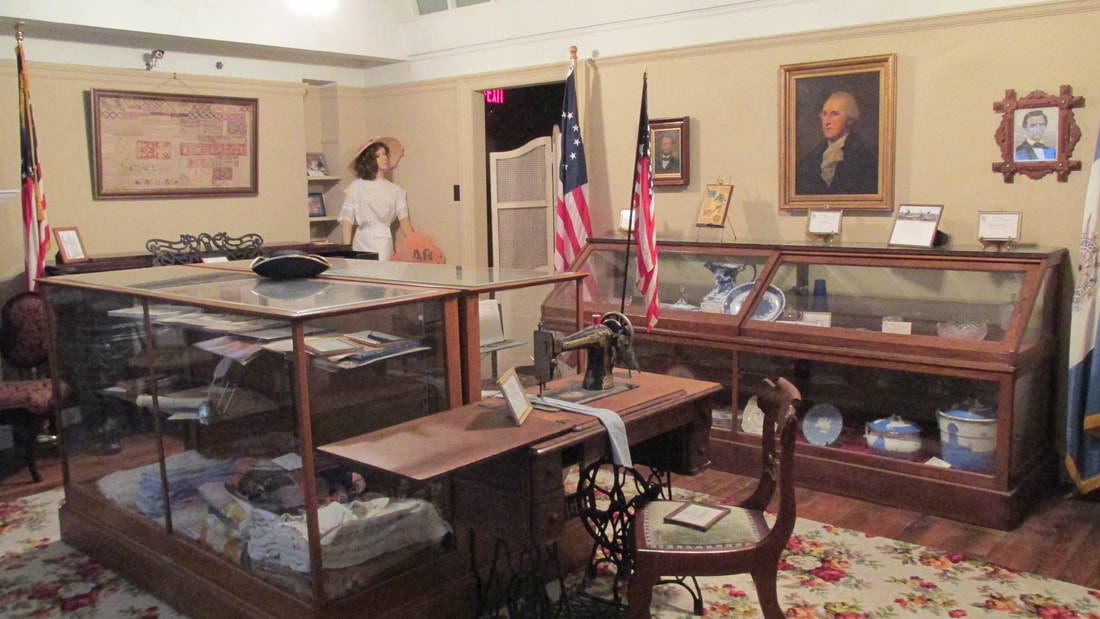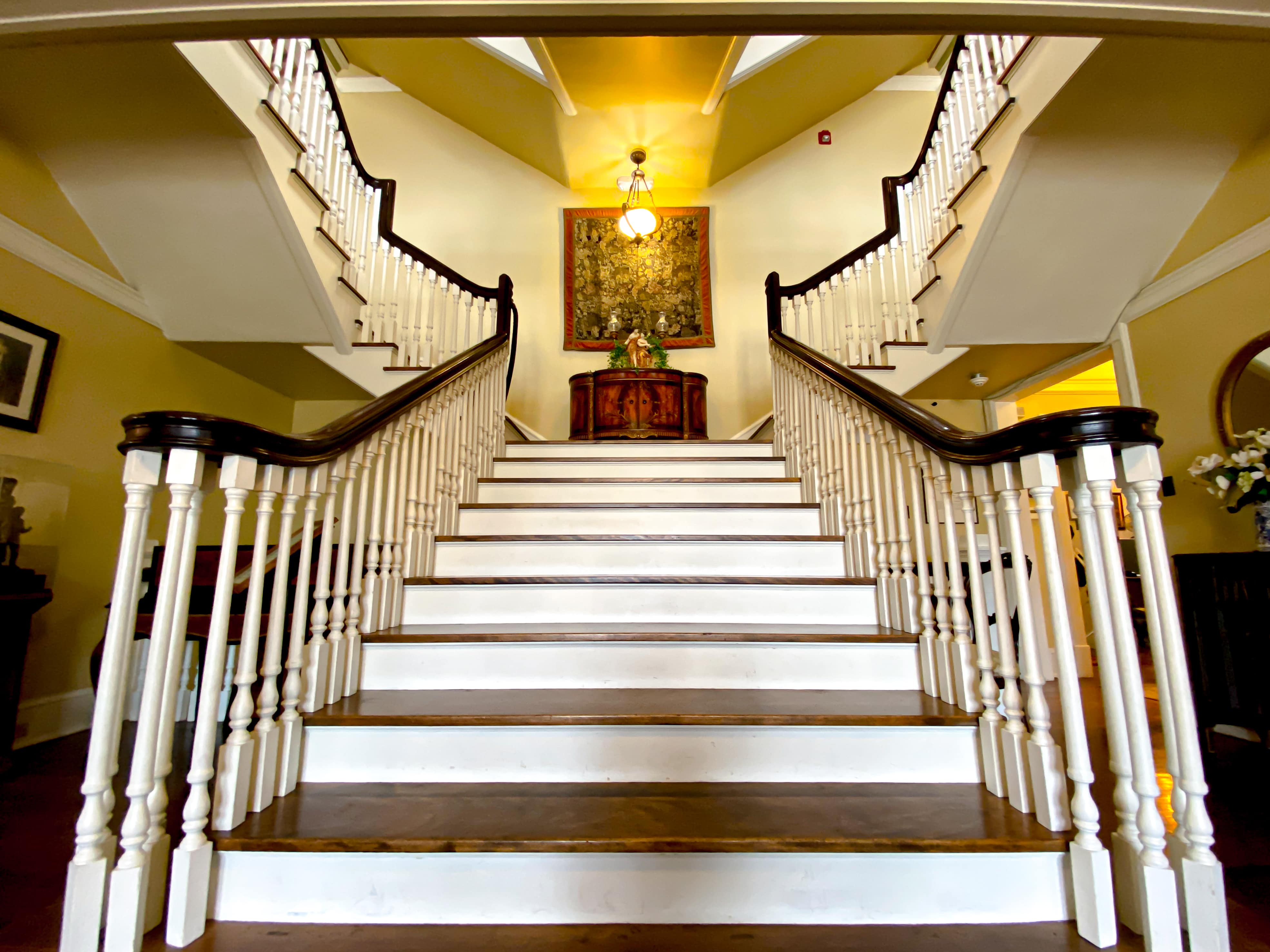1970-1980
Believing that the contributions of women to the settling of the West had been over looked, E.W. Marland hoped to create a lasting legacy in their honor. In 1926, he held a contest commissioning twelve artists from around the globe to submit model statues depicting the enduring and powerful spirit of these pioneering women.
The models traveled across the United States allowing the public to vote for their favorite. The rendering chosen was to be made into a 17-foot bronze and erected just down the hill from Marland’s new mansion on Monument Road in Ponca City. “Confidence,” the model created by Bryant Baker, won the contest and was unveiled in 1930 with over 40,000 visitors attending. After Baker’s death, some of his various works were acquired such as a smaller rendering of the Pioneer Woman Statue and tools used by Baker on his sculptures. In 1970, the City of Ponca City displayed the Bryant Baker Sculpture Collection in the remodeled garage area of the Cultural Center. The room was renovated to reflect Baker’s New York studio. The collection was later moved to the Marland Estate, at 901 Monument Road, where it resides today.
The models traveled across the United States allowing the public to vote for their favorite. The rendering chosen was to be made into a 17-foot bronze and erected just down the hill from Marland’s new mansion on Monument Road in Ponca City. “Confidence,” the model created by Bryant Baker, won the contest and was unveiled in 1930 with over 40,000 visitors attending. After Baker’s death, some of his various works were acquired such as a smaller rendering of the Pioneer Woman Statue and tools used by Baker on his sculptures. In 1970, the City of Ponca City displayed the Bryant Baker Sculpture Collection in the remodeled garage area of the Cultural Center. The room was renovated to reflect Baker’s New York studio. The collection was later moved to the Marland Estate, at 901 Monument Road, where it resides today.
101 ranch items
A display of 101 Ranch and Wild West Show items and memorabilia opened in the basement of the Cultural Center in August of 1972. The display contained many photographs from old negatives of the 101 Ranch and Wild West Show, which was located 6 miles southwest of Ponca City. Ranch artifacts collected from many sources were displayed, some by the 101 Old Timers and Collectors groups and others by the City of Ponca City. The collections included saddles and tack, documents and other paraphernalia from the ranch along with the many photos.
atalie items added
The Cherokee “Princess Atalie” Collection was added to the east room of the basement during the decade. Princess Atalie was an exceptional American Indian artist who sang opera, authored books, and painted furniture and other artworks with Cherokee motifs. Atalie traveled overseas to perform with the Young Men’s Christian Association (YMCA) during WWI. Later, while living in Washington D.C., she acted as an ambassador for native tribes who were visiting the nation’s capital while negotiating business. A baby-grand piano painted and used by Atalie was placed in the display, along with some of her clothing and jewelry items.
dar museum
With no place to house their collection, in 1972 a Daughters of the American Revolution (DAR) Museum was added to the third floor. The space was staged and decorated by the local organization. Articles and artifacts were accepted by the DAR for their museum based on suitability and relevancy keeping the purpose of the DAR in mind. The DAR requirements included the three objectives of historical accuracy, educational value and a patriotic theme. Ladies tended, cleaned and labeled the artifacts, which were owned by the local DAR chapter.
archeological display
The Sherman–Lawton Collection of ancient Indian archeological materials and arrow points was placed in the basement swimming pool dressing space during this decade. These things were added to the items already exhibited from “Fernandina,” Marland’s 1926 excavation of the Wichita encampment north of Ponca City along the Arkansas River. Also added to the display was the O.W. Meyer Collection of similar tribal artifacts. The archeological collection became more complete and included a variety of ancient tools, pots, spears, blades, beads and points and other related remnants of the Oklahoma region.
changing exhibits
In January of 1977, a traveling exhibit from the Smithsonian Institute in Washington D.C. was placed on display at the Cultural Center. This temporary exhibit was entitled “Indian Images” and contained 1846-1920s photographs made from images owned by the Smithsonian. The photos represented many native people of the various Central Plains tribes. The exhibit was then donated to the Cultural Center becoming a part of the permanent collection.
The Marland-Paris Home was placed on the National Register of Historic Places in 1976. The designation selection was based on architectural, industrial and social history significance and brought historical recognition and notoriety to the site. A formal, framed certificate was placed in the entry hall denoting the recognition and it still hangs there today. The home became a part of a group of National Register sites, which over the years has grown to number sixteen in the Ponca City area.
The Marland-Paris Home was placed on the National Register of Historic Places in 1976. The designation selection was based on architectural, industrial and social history significance and brought historical recognition and notoriety to the site. A formal, framed certificate was placed in the entry hall denoting the recognition and it still hangs there today. The home became a part of a group of National Register sites, which over the years has grown to number sixteen in the Ponca City area.
christmas at the cultural center
Special guided tours took place during the holiday seasons with many users of the Cultural Center taking part as guides. Stereophonic Christmas carols were provided by the Music Club, seasonal decorations were provided by the Twentieth Century Club and DAR, and a special display featuring American Indian toys and dolls was organized by museum staff
A premier special events center & museum
By the 1980s, the Ponca City Cultural Center was firmly established and its foundation intact to become a premier special events center and the museum home of rare and beautiful artifacts belonging to the American Indian, cowboy and oil cultures. Growth, service and educational value were in store for patrons of the site moving forward into the next decade.
